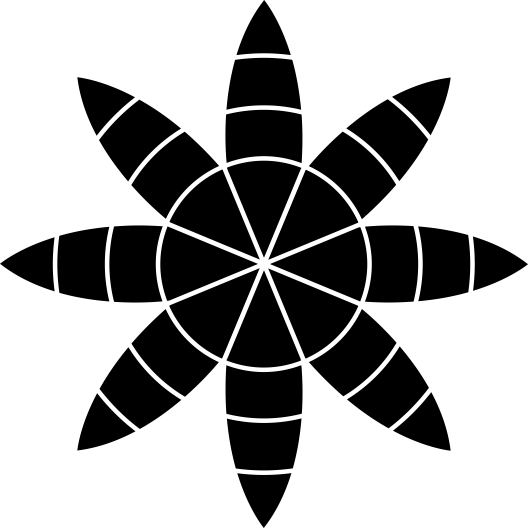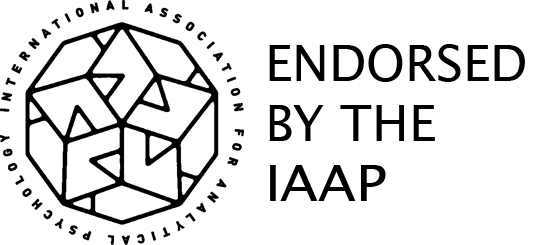“We cannot change anything until we accept it. Condemnation does not liberate; it oppresses.”
“Psychology of the Unconscious” by Carl Gustav Jung is an enthralling journey into the shadowy realms of the human psyche. Published in 1912, this seminal work is more than an academic treatise—it’s a gateway to exploring the unseen, symbolic, and collective aspects hidden behind our conscious minds.
With *Psychology of the Unconscious*, Jung diverges from Freud’s vision and reveals an astonishing truth: the unconscious is not merely a repository of repressed desires, but a vast ocean filled with symbols and archetypes shared by all humanity.
Jung begins his analysis with the ancient legend of Millers, using it as an alchemical symbol that transcends the individual and touches the universal roots of the unconscious. In this text, he delves into the concept of the collective unconscious, a profound, invisible space that connects all human beings and is populated with myths, legends, and symbols common to all cultures. Through this book, he invites us to discover how our dreams and visions are connected to ancient themes, speaking of ancient worlds and hidden knowledge.
With a style that combines scientific analysis and poetic intuition, Jung leads us through the labyrinthine corridors of the psyche, revealing how each symbol and archetype is deeply rooted in our essence. So, what is this book, really? It’s a bridge between our individual unconscious and a vast collective unconscious, a work that sheds light on the invisible ties that bind us to the past and continue to shape our perception of the world and ourselves today.
“The images of the unconscious place a great responsibility upon a man. Failure to understand them, or a shirking of that responsibility, deprives him of his wholeness and obliges him to live a life in poverty and in search of himself.”
The power of *Psychology of the Unconscious* lies in its ability to make us look beyond the obvious, to perceive myths and legends as mirrors of our innermost secrets. Jung demonstrates how each dream symbol can be interpreted as a trace on the path to inner growth, an invitation to confront our shadows and rediscover ancient wisdom. The book is set against the backdrop of an era marked by scientific breakthroughs and discoveries, a time when the psyche was being explored not only as a source of pathology but as a wellspring of knowledge and transformation.
Reading *Psychology of the Unconscious* is akin to diving into a timeless mystery, surrendering to an inquiry that challenges conventions and stirs profound questions: what ties us to such ancient symbols? What is the meaning of the visions that inhabit our minds? And how can we recognize the power of myths as guides for our existence? In these pages, Jung offers not only a key to understanding the unconscious but a map to explore the profound meaning of our humanity, opening a window to a hidden world that still has much to reveal.
“Dreams are the guiding words of the soul. Why should I henceforth not love my dreams and not make their riddling images into objects of my daily consideration?”


